7 Irresistible Reasons Bigoli Will Win Your Heart
Focus Keyword: Bigoli
Table of Contents
What Is Bigoli
History & Origins
How it is Made
It vs. Other Pasta
Best Sauces & Pairings
Cooking Tips & Tricks
Why It Deserves a Spot in Your Kitchen
FAQ
Call to Action

Definition
It is a thick, long pasta from the Veneto region in northeast Italy. Its coarse texture makes it ideal for hearty sauces. Often made with whole-wheat flour and sometimes enriched with eggs, it stands out for its robust texture. Wikipedia+2Wikipedia+2
History & Origins
Its roots trace back to Venetian culinary tradition. The name comes from the press (“bigolaro”) used to extrude the dough. Wikipedia+1
One popular legend states that in 1604, a pasta maker in Padua obtained a patent for a press that produced long, thick pasta — thereby cementing Bigoli’s distinctive form. Wikipedia
Over time, it became associated with rustic, local dishes—anchovy sauces, duck ragù, sardines—and with festivals (like “bigolada”) in parts of Veneto. Wikipedia+2Wikipedia+2
How it is Made
Ingredients: Traditional recipes typically use whole-wheat flour, water, and salt, sometimes supplemented with eggs (especially duck eggs). Wikipedia+1
Pressing: Dough is forced through a bronze or wooden die (the bigolaro) to produce thick, rough strands. Wikipedia+2Wikipedia+2
Texture: The rough surface is not decorative — it helps sauces cling.
Variations: Some versions use a softer flour or a mix, while others adhere strictly to whole wheat.
Bigoli vs. Other Pasta
| Characteristic | Bigoli | Spaghetti / Thin Pasta | Pici / Hand-rolled Long Pasta |
|---|---|---|---|
| Thickness & length | Very thick (≈ 3-4 mm) | Thin strands | Thick, but often rolled rather than pressed |
| Texture | Rough, coarse | Smooth | Variable — often smoother |
| Sauce binding | Excellent | Good for light sauces | Depends on shape & surface |
| Typical pairings | Rich, bold sauces | Lighter, delicate sauces | Rustic sauces, garlic, oil, and herbs |
Because it is robust, it pairs better with intense flavors. Light sauces or delicate seafood might not shine as well.
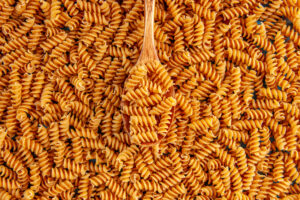
Best Sauces & Pairings
Here are pairings that let it sing:
Bigoli in Salsa — the Venetian classic with onions and anchovies. YouTube+3Wikipedia+3Tastemade+3
Duck Ragù (Bigoli con l’anatra) — a traditional regional dish, especially around Vicenza. Wikipedia+1
Cacio e Pepe Style — creamy cheese + pepper versions (video example below). YouTube
Seafood Mix — prawns, lemon, herbs. A lighter take when you want something less intense. YouTube
Mushroom & Sage or Cream — use sparingly, ensure the sauce is thick enough to cling.
Cooking Tips & Tricks
Use plenty of water and salt it well.
Since it is thick, cook it a little longer than you think.
Reserve pasta water — it helps bind the sauce to the pasta.
Finish cooking in the sauce (off the heat) so it absorbs the flavor.
If fresh, store short-term in the fridge or freeze for a longer shelf life.

Raw and uncooked pastas isolated on the marble background. High-quality photo
Why it Deserves a Spot in Your Kitchen
Texture that Holds — The rough surface grabs sauce in every bite.
Deep Flavor — Whole-grain versions offer nutty, complex flavors.
Cultural Richness — You carry Veneto’s culinary tradition.
Versatility with Heft — Works where thin pasta would fail.
Impressive to Serve — There’s gravitas to thick strands.
Nutritional Edge — More fiber, more substance (if whole wheat).
Story & Heritage — Every dish tells history.
FAQ
Q: What does it taste like?
It tastes hearty and nutty (especially when made with whole wheat), with a substantial chew.
Q: Is it the same as spaghetti?
No — It is thicker, more textured, and made differently.
Q: Can I swap it for another pasta?
You can try, but the sauce should be strong enough to match.
Q: Where to buy it?
Italian specialty shops, online stores, and gourmet pasta brands.
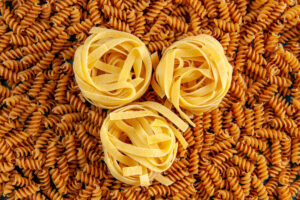
Call to Action
Ready to bring it into your rotation? Try making Bigoli in Salsa or a duck ragù version. Snap your result, tag #Pastaloverz, and share the journey.
Also, dive into our other pasta guides for cross-linking benefits:
Would you like me to create a recipe and printable card version of this with schema, or embed the videos directly?
Related Videos
Other worth-watching ones:
Pasta Grannies discover Bigoli on YouTube
- IN SALSA (Mauro Bortignon) YouTube
Bigoli al Torchio Venetian Pasta Recipes YouTube
Bigoli Cacio e Pepe YouTube
It’s pasta with prawns, lemon, and mint on YouTube
Russell Norman’s Bigoli in Salsa Recipe YouTube
External Resources
Wikipedia on Bigoli – general overview & definitions Wikipedia+1
Tastemade Bigoli in Salsa – recipe + technique Tastemade
Wikipedia on Bigoli in Salsa – history and variants Wikipedia
“Bigoli con l’anatra” on Wikipedia – regionally significant version Wikipedia+1

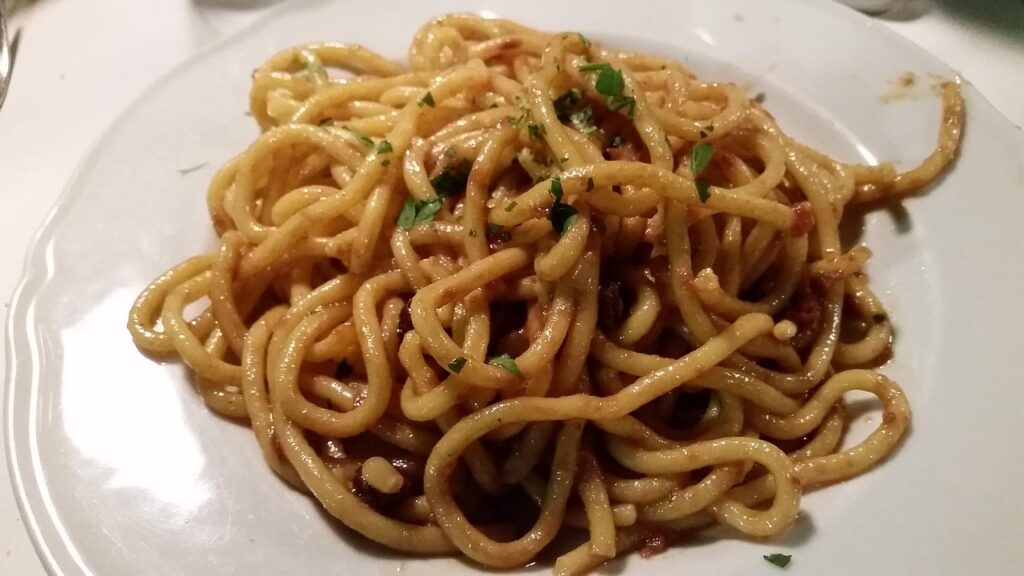
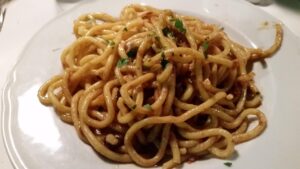
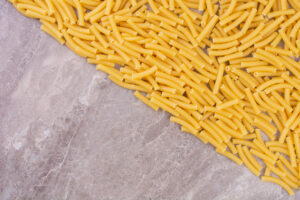
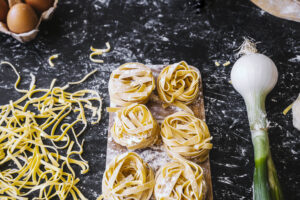
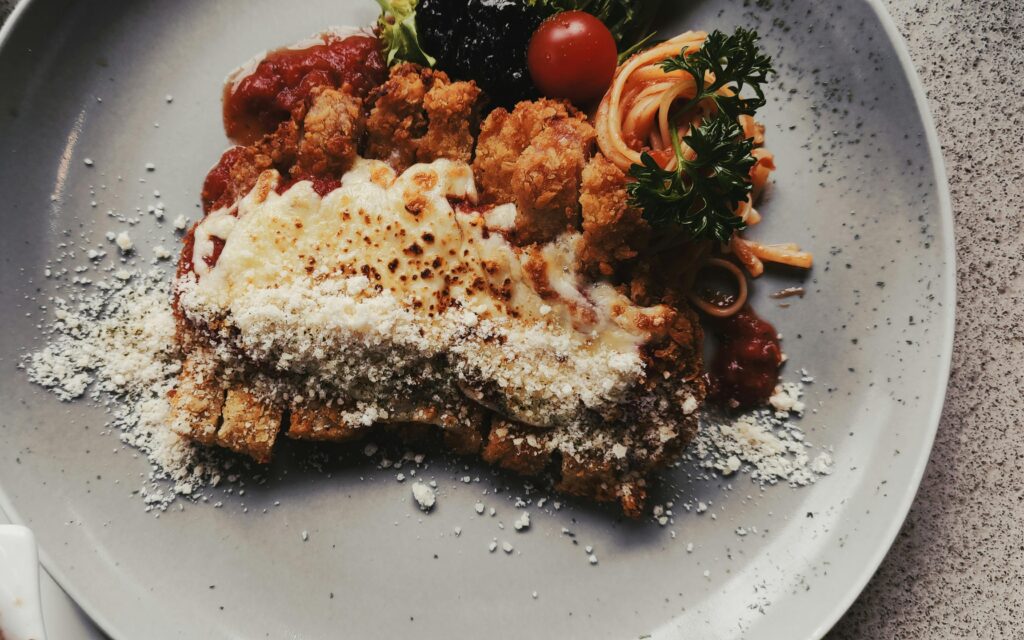
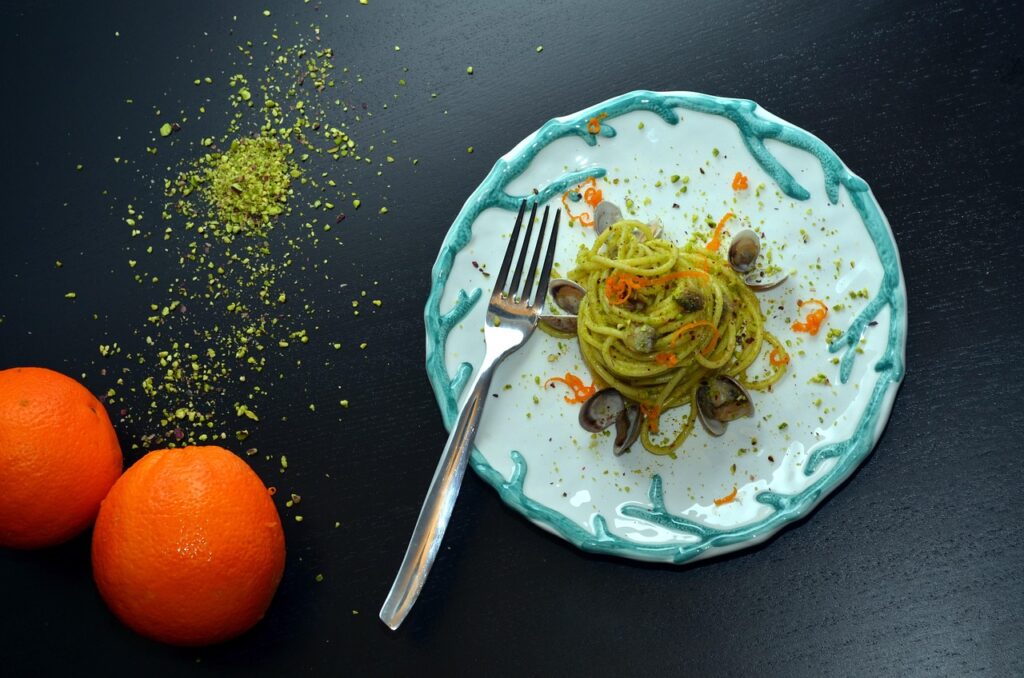
Pingback: Delicious Paccheri Pasta Recipes: 7 Irresistible Ways to Cook This Italian Classic